The hardy Iris
We take a look at the beautiful and robust Iris.


From frozen earth, the miniature irises of late winter erupt, bearing their ballgown blooms on short, slender-legged stems, most achieving only some 4in–6in in height. They sweep in as harbingers of spring, regal in their bolts of blue.
Some are splashed with gold or trimmed with ermine; some drenched in honeyed perfume. This enchanting group of winter bulbs, known collectively as reticulate irises (subgenus Hermodactyloides) is, in fact, made up of several species, including broad-petalled Iris histrioides, narrower, elegant Iris reticulata and yellow-flowering I. danfordiae.
Many have conjoined in nature, creating either wild selections or garden cultivars, others have been determinedly crossed by hopeful breeders and wistful amateur gardeners. The result is an ever-increasing Pantone-perfect selection of ‘blues’ derived from the original species range, with the recent exciting addition of pure white, which would perhaps go unnoticed in their homelands.
Their natural habitat finds them at high altitude, in mountainous areas across Turkey, the Middle East and parts of Russia. Unlike many popular irises, these miniatures grow from bulbs, rather than rhizomes, and are quick to flourish with the melting snows, untainted by the inclement conditions. Along with snowdrops and aconites, these hardy, robust flowers are among the first to decorate our gardens in the early weeks of the year.
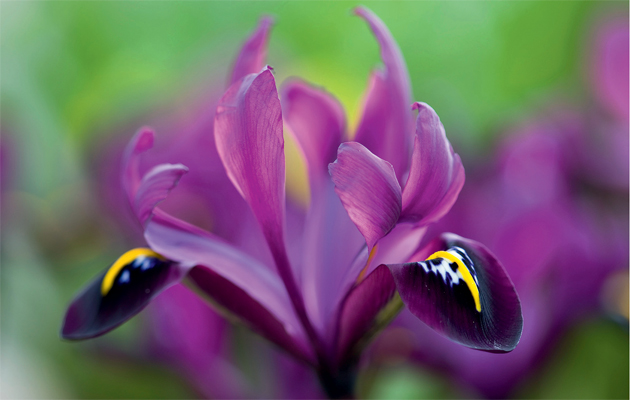
The pursed buds of species I. danfordiae poke their head through frosted earth as early as January. They may rouse sleepy bees into action by scenting the cool winter air. I. danfordiae can be fleet, its bulbs prone to shattering and desiccation after blooming, so it’s often best treated as an annual, although planting deeply can see the bulbs survive longer. (Its late-April-flowering cousin, I. winogradowii, is the only other yellow of these dwarfs, bearing softer, lemony blooms.) The main February/March flowering is instead dominated by the rich purples, blue and mauves of the Iris reticulata and histrioides species and their offspring.
Despite their untimely division, yellow from blue, E. B. Anderson succeeded in impregnating purple/blue-toned histrioides specimens with later-flowering winogradowii, by open pollination. Two seeds were produced, one blossomed into the ‘Queen of miniature irises’, Katharine Hodgkin (1958), which he named after his friend’s wife, an avid collector of rare bulbs. If only she realised how popular she remains today!
This orchid-like creation wears enormous, blousy, blue-rinse-grey flowers, its lemon-centred falls veined and spotted indigo. Despite her delicate appearance, March-flowering Katharine Hodgkin is indefatigable, one of the most vigorous, robust and easy irises to grow. Another, Sheila Ann Germaney, wears similar, but more washed-out blooms.
Exquisite houses, the beauty of Nature, and how to get the most from your life, straight to your inbox.
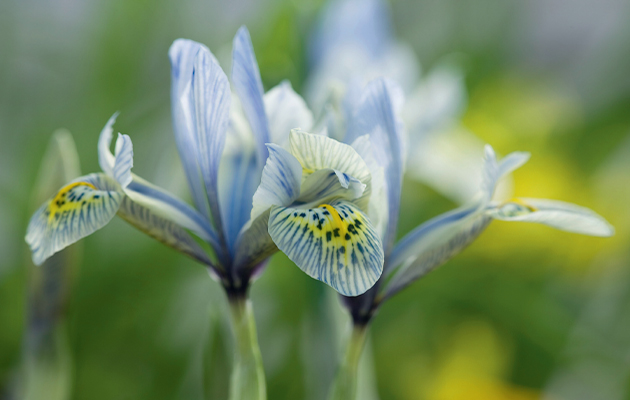
Winter blues
It is strange that the yellows are so coveted, when reticulates typically wear blue, one of the most elusive of all flower colours. Historic, rich and velvety purple I. histrioides Major has been long held as one of the best. It seems to have fallen out of circulation, but not before spawning similar, steadfast cultivars including mighty George.
His cape of March flowers is in plum velvet and his falls, darker still, are spangled with gold. George glowers wonderfully in perfumed pots, but is easily lost against the dark earth of a garden bed. Conversely, George’s other parent, smaller, gayer, brighter J. S. Dijt, is still widely available half a century on, wearing pyjama-striped gold-and-purple buds that pop open to radiant violet flowers, hallmarked in gold, a white flame on each fall.
Newer introductions, Blue Note and Pixie straddle the purple/blue divide but Palm Springs, an incredible royal-and-navy blue, stands firmly in the blue corner. These introductions were among 13 miniature iris exhibits offered by bulb specialist Jacques Amand at the RHS London show last February, such shows being a traditional springboard for new plant introductions.
Several of those cultivars can be credited to Canadian enthusiast Alan McMurtrie, developed in partner- ship with Dutch bulb producers, renowned for augmenting stock and bringing it to market in bulk. Mr McMurtrie recently introduced snowy White Caucasus, a sport from the eponymous mountains; it appears purer than glacial Natascha, another scarce white.
Mr McMurtrie is now focusing his work on developing danfordiae hybrids and triploid irises, aiming to introduce larger and multi-headed flowers in more exciting colours and patterns, such as the notably decorated Spot On.
The RHS shows have always attracted experts and enthusiasts, showcasing their homegrown introductions. Lady Beatrix Stanley is a voluptuous, butterfly-blue put on the RHS show bench in 1935, sitting side by side with Cantab, described as a ‘turquoise treasure’ in the popular volume, My Garden in Spring by the botanist-gardener E. A. Bowles of Myddelton House. Bowles and Lady Beatrix stood together in the garden, but also in person as RHS committee members and judges.
Their fine cultivars continue to delight today, rivalled by a pageant of modern blue beauties, including sky-blue and lemon Joyce, Cambridge-blue Carolina, baby-blue Clairette and dark-winged Fabiola together with Gordon and Halkis.
All specimens photographed here are from Jacques Amand and are available as bulbs. Jacques Amand International, Clamp Hill, Stanmore HA7 3JS (020–8420 7110; www.jacquesamandintl.com).
Alan McMurtrie’s development work can be seen at www.reticulatas.com. The next RHS London Show is on February 20 and 21 at the RHS Hall, Vincent Square, London SW1
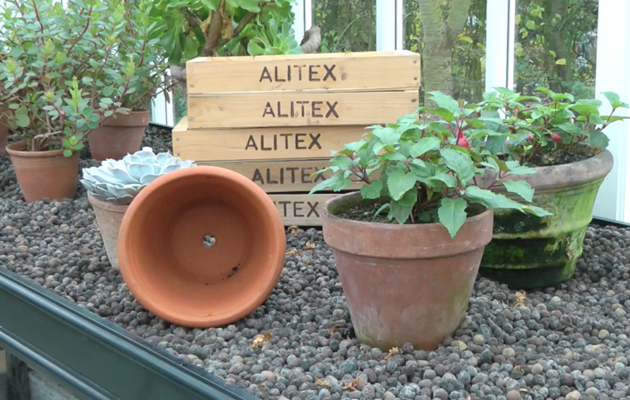
Alitex Series Video: How to clean flower pots
Sarah Wain, Gardens Supervisor at West Dean Gardens shows us how to ensure pristine pots in the garden.

Credit: Dreamstime
Sow now for next year's early flowers
As autumn looms Country Life advises what seeds to plant in preparation for next year's early flowers.
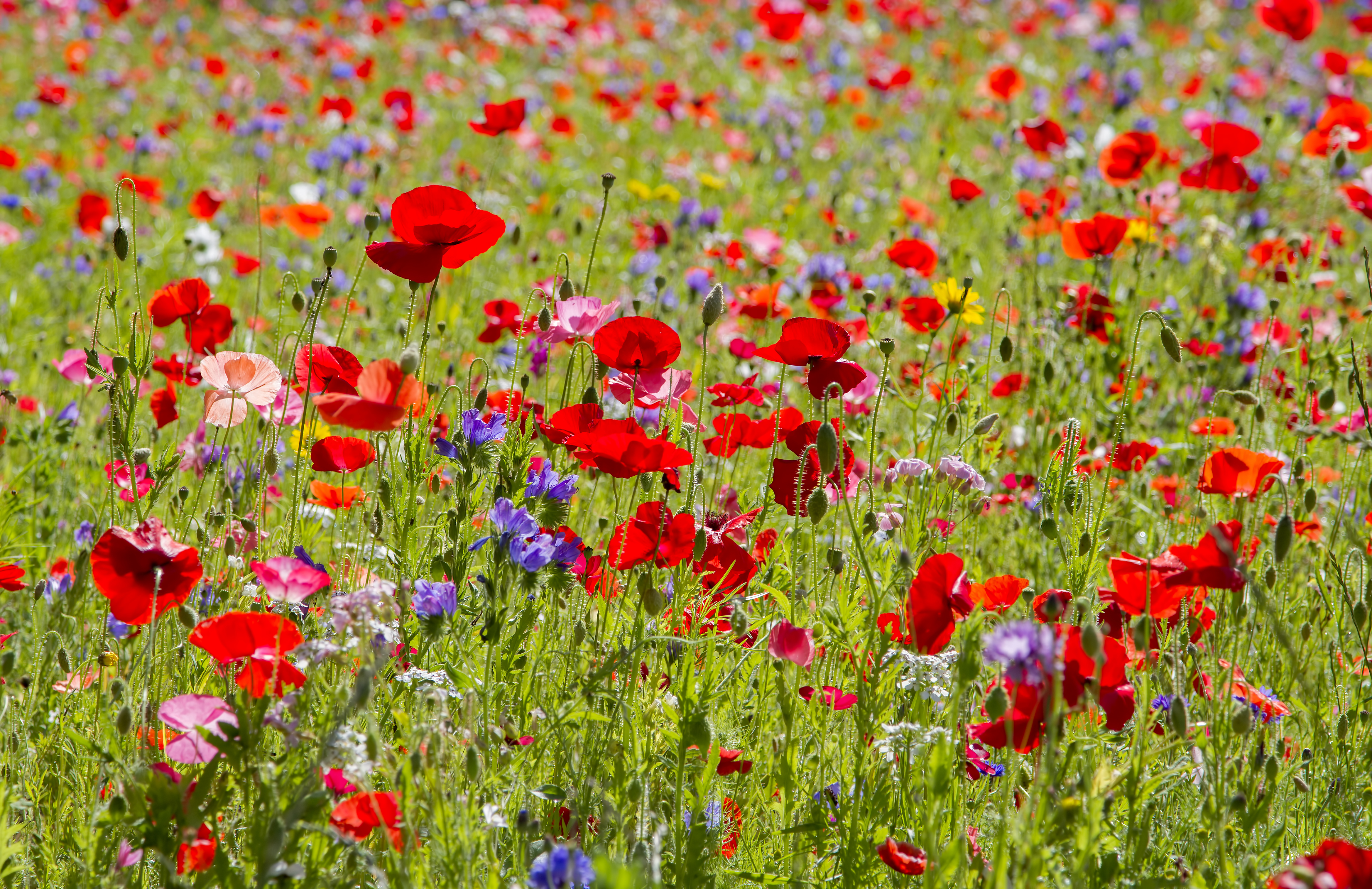
Free wildflower seeds promote biodiversity
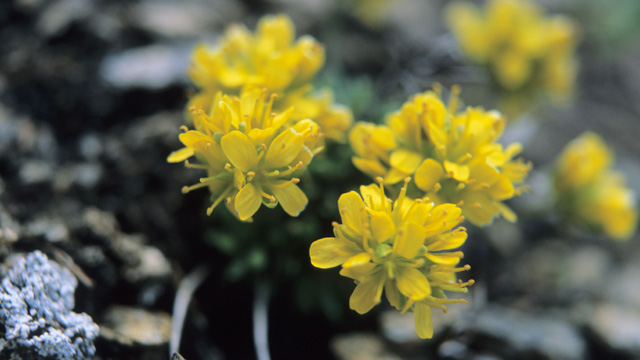
Welsh native flowers at risk
A Welsh wildflower survey has found colour disappearing from the landscape at an alarming rate as native species are overrun
Country Life is unlike any other magazine: the only glossy weekly on the newsstand and the only magazine that has been guest-edited by His Majesty The King not once, but twice. It is a celebration of modern rural life and all its diverse joys and pleasures — that was first published in Queen Victoria's Diamond Jubilee year. Our eclectic mixture of witty and informative content — from the most up-to-date property news and commentary and a coveted glimpse inside some of the UK's best houses and gardens, to gardening, the arts and interior design, written by experts in their field — still cannot be found in print or online, anywhere else.
